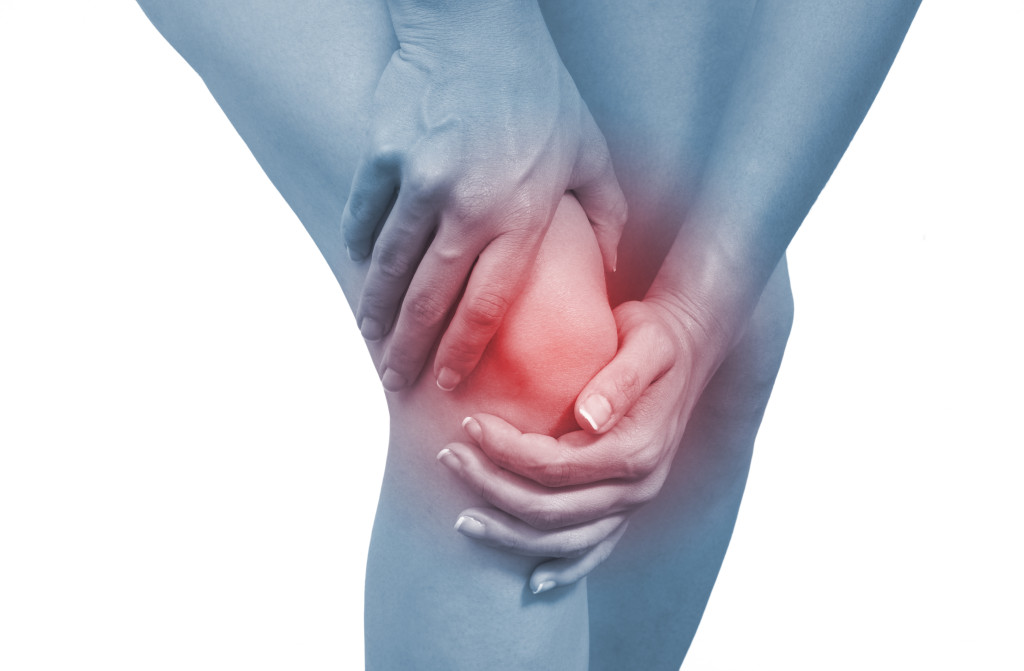Knee cap pain is the most common form of knee pain. Pain can be hard to pin point but may be around, behind, or under the knee cap. Knee cap pain has a lot of potential causes and treatment options. Read on to learn more and take the first step towards relief by accessing the full blog: 5 Tips to Help Knee Cap Pain at Complete Physio Richmond.”

